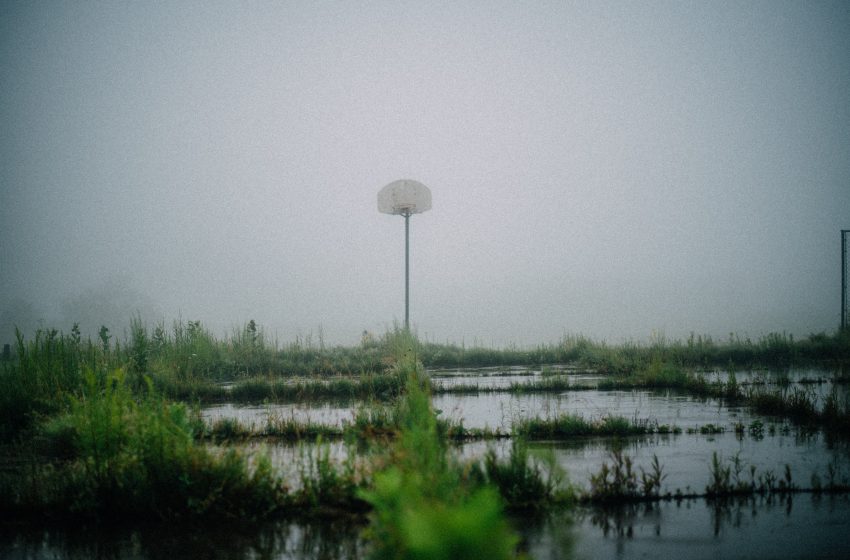In Sudan, the rainy season usually starts in June and lasts until the end of September, with floods peaking in August and September. This year is no different. New reports have shown torrential rains hit Sudan at the start of the rainy season, causing a number of casualties.
The death toll from flash floods in Sudan since the start of the country’s rainy season in May has climbed to at least 89, an official said Tuesday, as the downpours continued to submerge villages across the east African nation.
Brig. Gen. Abdul-Jalil Abdul-Rahim, spokesman for Sudan’s National Council for Civil Defense, said that at least 36 people have been injured since May. Around 20,000 houses have been “completely destroyed” across the country and more than 30,000 partly damaged.
According to the U.N. Office for the Coordination of Humanitarian Affairs (OCHA), the western Darfur region and the provinces of Nile River, White Nile, West Kordofan and South Kordofan are among the hardest hit, with more than 146,200 people affected by floods.

The UN agency said it expected the number of those affected by flooding to increase as assessments were still under way and heavy rains had been forecast. The UN also said the number of people and localities affected by the seasonal rains as of August 14 had “doubled” compared with the same period last year.
Authorities have already declared a state of emergency in six of the country’s 18 provinces.
During last year’s rainy season, flooding and heavy downpours killed more than 80 people and swamped tens of thousands of houses across the country. The UN added that about 314,500 people were affected across Sudan during the entire rainy season in 2021.
In 2020, authorities declared Sudan a natural disaster area and imposed a three-month state of emergency across the country after the deluge killed around 100 people and inundated more than 100,000 houses.

